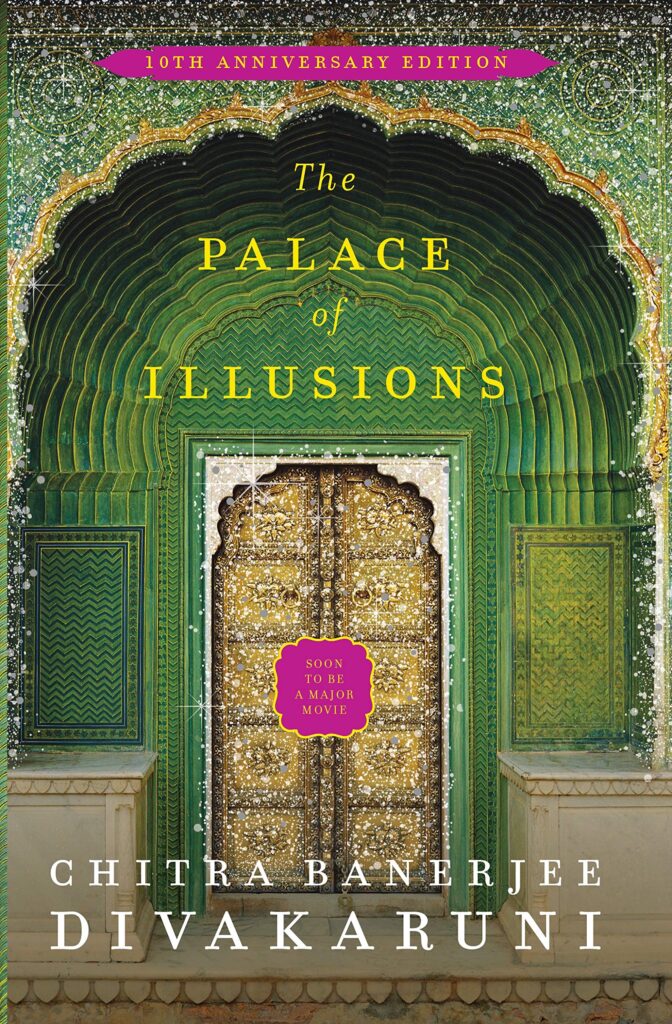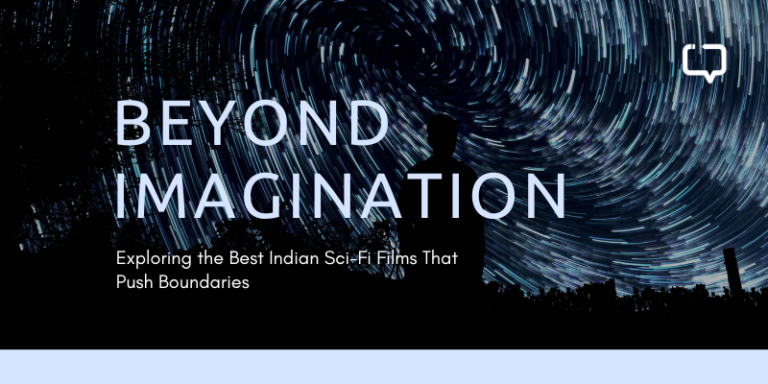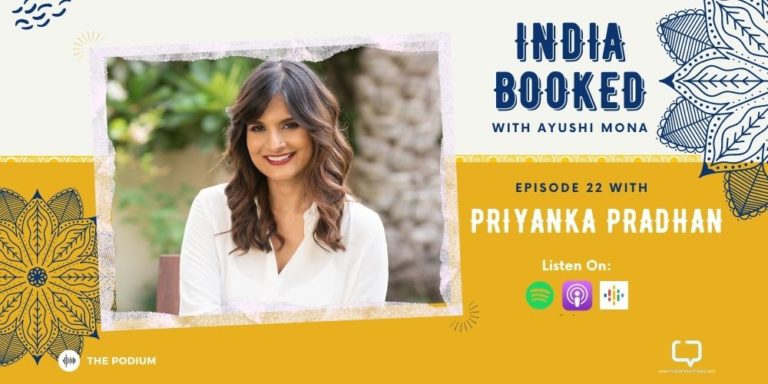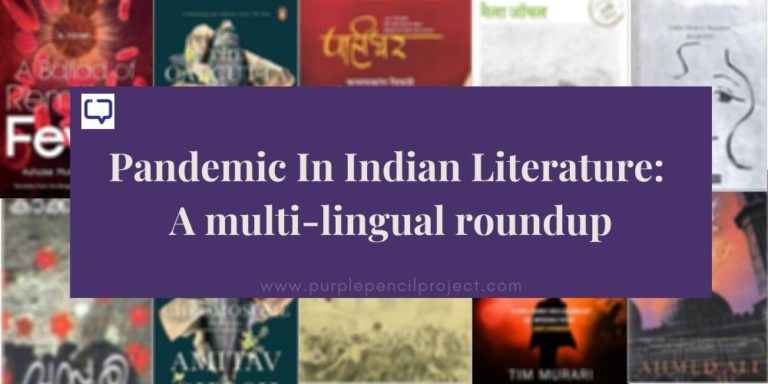Akshaya Ganesh explores the male gaze in Indian mythologies as she takes us through the various books by Indian writers and how they define the male gaze in various ways.
Growing up, Indian mythologies have always held a special place in my heart. I was constantly captivated by the enchanting tales of gods, goddesses, heroes, and villains. From Ramayana to Mahabharata, stories woven within stories offered profound insights into ancient India’s rich culture and heritage. As I delved deeper into these epics, I couldn’t help but notice the pervasive patriarchy etched at the heart and soul of these tales.
Indian mythologies, epics, and folktales are an indelible part of our existence, taking us through a timeless journey into the narratives where reality and fantasy blend to form a fascinating story. Recently, there has been a sudden surge of writers retelling and re-interpreting these Indian mythologies and epics, shedding new light and highlighting the parts and characters that are otherwise forgotten. Women are often portrayed as tools of misery and injustice entrusted to them by powerful men. Though contemporary writers like Chitra Banerjee Divakaruni and Kavita Kane deviated from the usual phallocentric thrust and made the princesses the heroes of the epics, taking the male gaze entirely out of these Indian mythologies is still an arduous task.
Indian Mythologies and the Male Gaze
The valiant male heroes embarked on adventures while the women seemed relegated to secondary roles, often as objects of desire or sources of conflict. These narratives often reflect and perpetuate patriarchal norms. One prominent lens through which this patriarchal influence becomes evident is the concept of the “male gaze.” The male gaze became apparent in tales such as the Ramayana and the Mahabharata, where female characters like Sita, Draupadi, and many other women who were hidden behind the veil were depicted through the lens of male protagonists, their stories overshadowed by the desires, actions, and expectations of the men around them.
These stories shaped my understanding of how my roots have emphasized a subtly shaped narrative. Women in Indian epics are portrayed as overtly sexual and sensual or as docile and meek. The male gaze manifested in ways reducing women to just physical appearances stressing beauty and charm.
There arises an evident contrast in the portrayal of men, let alone interpreting them. Characters like Yudhishthira, Arjun, Karna, Drona, and many others were glorified and were even accepted despite committing grave injustice, which included seducing women. In contrast, there is a clear demarcation of good and evil amongst these men where someone as evil as Naraka Suran is given redemption, and his death is celebrated as Diwali worldwide.
Indian Mythologies and the Portrayal of Women
This isn’t the case for women like Surpanakha and Kaikeyi, who were demonized through a careful portrayal of their caste and color. A Sita or a Draupadi was subjected to humiliation and victimization, with Sita having to go through the agni-pariksha. In the multitude of Indian mythologies about valiant heroes, these women’s courage, bravery, freedom, and independence are amiss.

Characters like Satyavati, Kunti, Kaikeyi, etc., have only been portrayed as meek or chaotic rather than as a pivotal thread of political play. Kunti, for example, is portrayed as a vulnerable single mother who regrets her decisions repeatedly. However, she has carefully navigated her life with strong and skillful political acumen. We never would’ve seen the other side of these women if not for some feminist retellings. The Palace of Illusions by Chitra Banerjee Divakaruni is a perfect example where the Hindu epic Mahabharata is narrated from Draupadi’s point of view.
From an early age, she struggled with the gender conventions imposed on her, and to explore the world beyond beauty and charm, she attended classes with her brother. When she learned that she would be married to five husbands, with whom she had no say, Princess Panchali says,
“Like a communal drinking cup, I would be passed from hand to hand whether I wanted it or not.”
Princess Panchali
The male gaze in Indian folk tales also reflects power imbalances and reinforces traditional gender roles. Male characters typically occupy positions of authority, while women are confined to subordinate roles. This power dynamic is exemplified by depicting female characters as obedient wives, self-sacrificing mothers, or dutiful daughters, adhering to societal expectations without questioning or challenging them.
Additionally, the male gaze tends to portray women’s actions and choices concerning men rather than valuing their autonomy and independent decision-making. Female characters are often denied agency, reduced to objects of male desire or possessions to be won, inherited, or rescued. These narratives normalize and perpetuate unequal power dynamics, limiting women’s societal roles and potential.
Male Gaze on Screen
Movies aren’t an exception too. Films that gave life to these epics on screen didn’t take the male gaze out of it. From Sri Rama Rajyam to the recent Adi Purush, the camera lingers on a fair-skinned, petite Sita, which is not the same case with the antagonist women.
This is the same with television series or animated shows/games. We have encountered nude statues of women; sometimes, I wonder if they are a powerful means to promote body positivity or yet another medium of the male gaze. Up on a pedestal or down on your knees, it is all about male fantasies. Strong, influential, submissive, and modest, you are defined by your beauty and body. It all boils down to a watcher peering into your flesh and longing to peek into your figure rather than your soul. The more I thought about it, the more I understood that from my small gestures to major life decisions, it is all influenced by an overarching patriarchy.
A World Without the Male Gaze
Reimagining these ancient tales from a gender-inclusive standpoint offers an opportunity to reshape cultural narratives and promote equality. By giving voice to female characters and exploring their experiences, desires, and motivations beyond the male gaze, we can inspire new generations to question existing gender norms and embrace a more inclusive vision of society.
While contemporary writers and filmmakers are changing the narrative and questioning the biases, reimagining the Indian mythologies to reflect a more balanced and equitable representation is challenging.
As part of our effort to compensate our writers better, we at Purple Pencil Project have launched the #PayTheWriter initiative, where readers can directly show support and appreciation for our wonderful team.
Scan or upload this image on your UPI app, and show them the love 😀























4 Responses
Even though it’s a known fact that our entire history has been told from a male perspective, such reinforcements are definitely the need of the day. Currently, there is a general resentment among a lot of men regarding women who decide to chart their own paths instead of the known ones established by society. This has led to a lot of ‘so called’ unjustified character assassinations.
Loved your article, and waiting for many more on diverse topics.
Thanks Swetha, we really do think it is the duty of literature to challenge norms and established orders
Very well described.
Thank you so much Anuradha